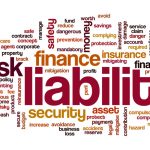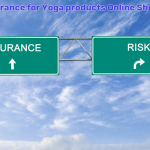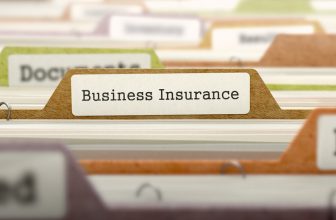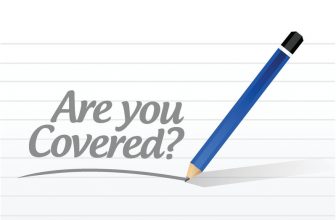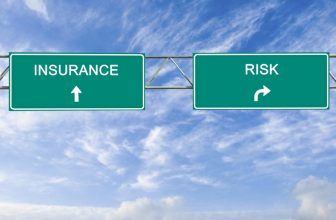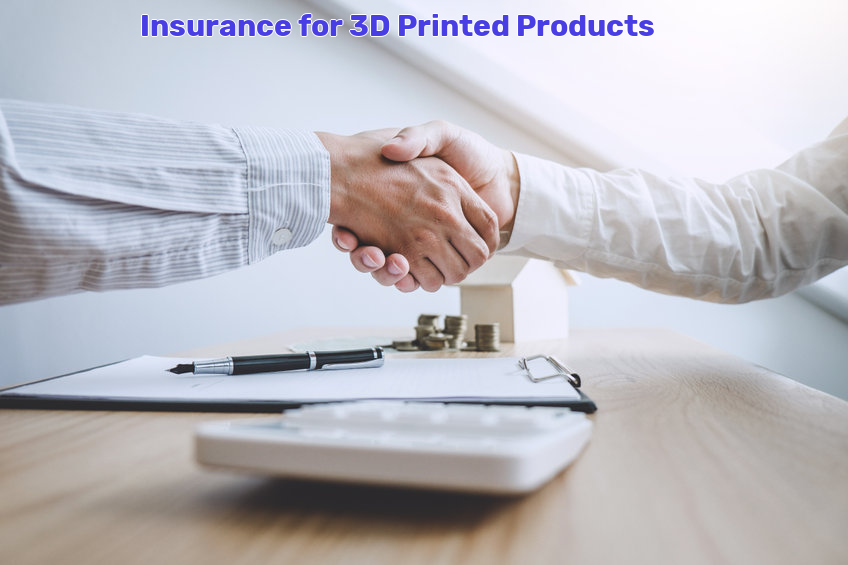
Whenever you budget the expenses of your business, 3D Printed Products insurance must be near the top of the list because you can’t always know exactly what could happen in the future.
Need General Liability Insurance for Your 3D Printed Products
Business?
Get Your Free Quote
With the protection provided by general insurance and all the other sorts of insurance we will tell you about, you can protect your business and yourself in case something unwanted happens.
Like any business owner, for your 3D Printed Products enterprise, you must consider how much financial risk you are taking on.
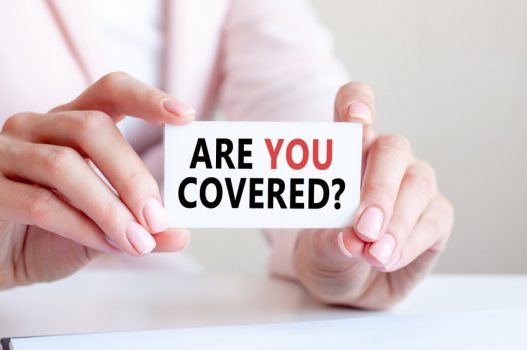
If your 3D Printed Products business runs without proper insurance, you are taking a tremendous chance not just of losing some money but of a total wipe-out.
This is because the laws in every state are very strict in enforcing liability on the owners of businesses for the results of their actions.
In this article, we are giving very general guidelines for startup businesses to highlight what the main kinds of insurance that you need are, and where available, a rough guide to how much you can expect to pay.
The question is, can you afford to NOT have insurance for your 3D Printed Products business?
What this means, for any 3D Printed Products business owner, is that if some customer claims that your actions caused them some physical or economic damage, a court can award damages far beyond the total size of your business.
Your 3D Printed Products business is not protected by laws in the same way as states are, where legislation can place a “cap” on the maximum level of liability.
In some states, like Texas, there are specific monetary levels that limit the amount an adjudicator can award in any case against the state.
In a court case, it’s purely the privilege of the jury to award whatever amount they deem appropriate, even sometimes giving a person more than they have sort.
When you are running your 3D Printed Products operations, you can’t avoid responsibility for the consequences of your actions.
Even more importantly, unless you have spent up-front the money necessary to have your business running as a corporation, all of that liability belongs to you alone.
What does 3D Printed Products insurance protect you from?
For your 3D Printed Products business, the most important sorts of insurance are designed to cover the risks to your business from accidents, from unexpected events, and from mistakes.
Also there are some official kinds of insurance that various states require.
In the next few paragraphs, we will outline the most important points any 3D Printed Products business owner should know when negotiating the insurance needed.
The main headings of insurance for your 3D Printed Products businesses are liability insurance, commercial insurance, asset insurance and workers compensation insurance.
Liability insurance
General liability insurance
Any 3D Printed Products business is dealing directly with customers, and that means you always have the danger that some accident can happen to them bodily or else something of theirs can be damaged.
In such a case, they can sue you for compensation.
General liability insurance policy for your 3D Printed Products business covers you against claims coming from injury to customers or damage to their property.
It protects your 3D Printed Products business from the claims themselves and as well to any associated court costs and legal fees of the lawsuits.
In many cases, it can also help you to qualify for extra business from city and state organizations, where contracts insist on proper liability insurance.
The normal level of general liability insurance for your 3D Printed Products business would be with a upper limit of $1 million for a single claim and a total of $2 million for the whole year.
See the table in the costing section below for average prices of general liability insurance for your 3D Printed Products insurance operations.
Professional liability insurance for your 3D Printed Products business
In the event where a client alleges some negligence, errors, or omissions in how you conducted your 3D Printed Products business for them, you can quickly be involved in a monetary claim.
Even if the case against you is ruled in your favor, the cost of defense can be high, and the impact on your reputation can be damaging.
Most small 3D Printed Products business should have enough professional liability insurance to cover an individual claim of $25,000, with annual cover of $50,000.
See the table in the cost of 3D Printed Products insurance section below for average prices of professional liability insurance for your 3D Printed Products operations.
Product liability insurance
Whatever goods you sell or advice you give about the goods, you are running a risk that customers may claim that what they received didn’t meet your description of function, or that your guidance was basically incorrect.
You need to be aware of the explicit laws of product liability in your own state.
For example, in California, all businesses in the supply chain can be held culpable for injuries caused by products claimed to be defective.
To cover yourself against any possible lawsuit, you need Product liability insurance for 3D Printed Products
Only you can know exactly how much insurance you need.
Best advice is to contact experienced insurance agents, brokers or company representatives for help.
Commercial insurance
Commercial vehicle insurance for your 3D Printed Products business
Be careful! – practically all policies for private vehicle insurance do not cover any occurrence like theft or accidental damage when the vehicle is being used for business purposes.
The proper way to make sure that your vehicle is insured for both its own value, and the valuable contents, is by taking out a direct commercial vehicle insurance package.
Commercial car policies guarantee the value of any vehicle in case of accident, malicious damage, fire, or theft.
In addition, in case of any accident, the truck itself, the content and any legal bills, medical expenses, and property damage is covered if your truck is involved in an accident.
Most states, other than Virginia and New Hampshire, insist on this type of insurance.
The wanted value of the insurance depends on the depreciated value of the vehicle, and your intended level of cover of contents.
Tools and Equipment insurance
Since your 3D Printed Products business needs unique and dedicated equipment, you know how much it can cost to replace it in case of any damage, loss, or theft.
The equipment may be subject to malicious damage, deliberate fire, theft, other such unpredicted acts.
Also, acts of nature like lightning strikes, hurricanes, earthquakes, and other highly damaging natural events can wipe-out your whole business in one stroke.
Unless you can afford to immediately replace such unique gear quickly out of your own pocket, you should have full-level equipment insurance so that you can immediately buy any equipment needed to keep your 3D Printed Products business running.
It is hard to advise how much equipment insurance you need – it’s essentially dependent on how much you have invested in your 3D Printed Products business’ equipment.
Commercial Property insurance
Any 3D Printed Products business that owns or rents space in a building should have a commercial property insurance policy.
If you own the property, you probably have a substantial capital investment, along with a big liability if there’s a mortgage.
Every physical building location should carry insurance coverage for the value of the premises and contents against unexpected occurrences like fire and storms, and against man-made damages like theft and vandalism.
If your 3D Printed Products business works in areas of high risk, like Florida or North Carolina, additional coverage may be needed for earthquakes and hurricanes or tornadoes.
In other states like Illinois, where intense cold snaps can cause damage to outer coverings of 3D Printed Products business premises, there is a need for more additional cover than in warmer climes.
Although the level of cover depends entirely on the value of the property, it’s not possible to say what cover your need, but we have been able in the table in the cost of 3D Printed Products insurance section below to give some estimate of the average prices per million dollars of property insurance for your 3D Printed Products business.
Temporary insurance by month, week or day for your 3D Printed Products business
Is your 3D Printed Products business working part-time or casually, or is the level of business variable?
Using short-term insurance makes perfect sense. Business insurance by the month, day, or week – temporary insurance for 3D Printed Products – are special policies where you can cover a specific period when you want to be covered.
By only paying for that period of cover, you will save by having less premiums but still having the same risk cover.
The essential feature of short-term insurance is that you pay for the cover for a defined period – a designated date, or a week or month starting on a specific date, for example for 30 days beginning on the specified date.
When you are expecting periods of better business activity, get the existing cover increased.
Talk to your insurance agent, broker or the company’s representatives to see what options you have.
Business Owners Policy BOP for your 3D Printed Products business
You have the choice to combine most of the important kinds of small business insurance in one policy that is known as the business owner’s policy – BOP.
A BOP merges commercial property and public liability insurance by packaging these coverages into one insurance policy, which can save you money.
BOP insurance will cover you if any claims of injury or property damage are made.
It is frequently the right choice for small and medium-sized 3D Printed Products businesses, such as yours.
There are two limits that will determine whether BOP is suitable for your own business.
BOPs will not cover your professional liability or commercial vehicle risks.
Also, the size of your business will dictate whether you are allowed to take out BOP cover.
The typical business that is eligible for a BOP policy must have less than one hundred employees, and under five million dollars in annual sales.
Plus, you must separately take out the mandated worker’s compensation, health and disability insurance as determined for your state.
Workers Compensation insurance for your 3D Printed Products business employees
In almost all states, it is mandatory to have workers compensation insurance when your 3D Printed Products business has one or more employees.
Workers compensation insurance covers the enterprise against any costs that arise if a worker experiences an injury or becomes sick as a result of work.
The benefits include medical expenses, death benefits, lost wages, and vocational rehabilitation.
Failure to meet a state’s laws in this regard can leave you as the employer required to pay penalties levied by the states.
Some states, such as North Dakota, Ohio, Washington, West Virginia, and Wyoming only authorize coverage from the government-run monopoly state funds.
In these states, you may not obtain your workers compensation obligations from private insurance providers.
Workers compensation premiums are calculated based on the employee’s pay, and usually come out at around $1.00 per $100 per month.
However, you must see the relevant authorities in your state.
Average costs of these types of insurance
Although every 3D Printed Products insurance requirement is unique, there are enough examples of standard quotes from insurance companies for us to give approximate guidelines, including what are the cheapest rates offered.
Of course, you should always check with an insurance representative what’s relevant for your business.
The list below is of annual premiums we have gathered for the main types of insurance your 3D Printed Products businesses needs.
| Types of insurance | Price range |
| Commercial insurance | $800 – $2155 |
| Public liability insurance | $315 – $695 |
| Product liability insurance | $310 – $615 |
| General liability insurance | $670 – $1285 |
| Equipment insurance | $480 – $1315 |
| Commercial vehicle insurance | $1605 – $2930 |
Cost of insurance for your 3D Printed Products operations depends on many different factors.
We have estimated these figures for small freelance 3D Printed Products businesses.
In larger states like New York, premiums are generally about 20%-30% higher than national averages, while in smaller states like Oregon, they usually are about 20%-30% less.
The location and size and type of your 3D Printed Products business can have a big effect on the cost of different policies.
You should consult with professional insurance agents and brokers, or insurance company representatives.
What Are You Looking For?
Choose and Get Your Free Quote:👇️
General Liability Insurance ->
Professional Liability ->
Product Liability Insurance ->
Commercial Auto ->
Workers Compensation ->
Commercial Property ->
Other Business Insurance ->
As well you can let the internet do the work for you by looking for insurance companies near where your business is located.
Another good source of information is the local Better Business Bureau in your town.
FAQ
What is small business insurance for 3D Printed Products operations?
This is a wide term used to describe standard insurance policies designed to protect 3D Printed Products business owners from risks like bodily injury, property damage, claims of negligence.
Does my 3D Printed Products business have to have insurance?
Some of the kinds of insurance are not mandatory for you to operate your business, but they can protect you from risks in your business operations.
Several other forms are required by state law, such as workers compensation and vehicle insurance.
What does a small 3D Printed Products business insurance policy cover?
Liability insurance provides insurance against lawsuits or claims filed by a customer for bodily injury, property damage, or negligence.
The precise cover will vary based on your own operations.
See the table in the costing section above for average prices of the most common policies for 3D Printed Products insurance.
How much will 3D Printed Products business insurance cost?
In addition to the size of the business, certain other factors, such as location and claims history, are used to determine your policy’s cost.
You should consult with professional insurance agents and brokers, or insurance company representatives.

